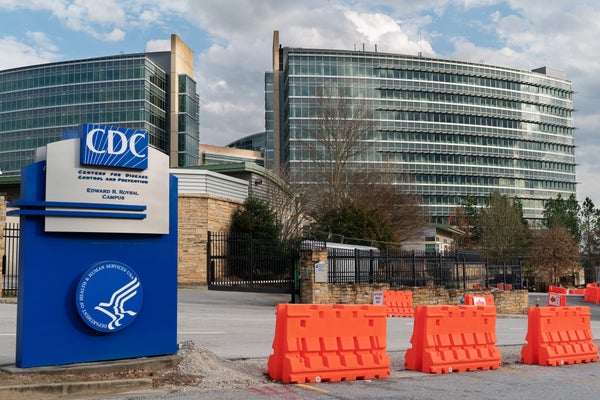February 12, 2024
5 min read
The pandemic early exposed weaknesses in CDC’s laboratories. Organizational and culture changes there are good first steps, but more must be done
Almost unnoted, the fourth anniversary of the beginning of the COVID pandemic in the U.S. passed in January. Missteps made in the early weeks of that tragedy, however, still offer vital lessons about what public health agencies need to do better to keep us safe.
That’s particularly true at the U.S. Centers for Disease Control and Prevention, because the agency’s labs play a fundamental role in developing and deploying tests for new diseases. In early 2020 it became clear that SARS CoV-2 had entered the U.S. and presented a deadly threat. The CDC almost immediately faced challenges, after its first diagnostic test for the virus was released with flaws that prevented its use in state and local public health laboratories. The test was redesigned and released again almost three weeks later. But the delays in diagnosis, quarantine and isolation gave the virus a head start in spreading.
Changes underway since then at CDC to address this tragic failure need to be sped up and funded. The most important change of all will be a culture change at this vital federal public health agency, a change that looks outward to actively involve the nation’s national laboratory system.
On supporting science journalism
If you’re enjoying this article, consider supporting our award-winning journalism by subscribing. By purchasing a subscription you are helping to ensure the future of impactful stories about the discoveries and ideas shaping our world today.
Several published reports have documented in significant detail the events and decision points at CDC that led to its test’s failure. Ultimately, it originated in the fact that testing laboratories at CDC have historically not had adequate levels of staff and resources consistent with the agency’s responsibility as the…
Read the full article here







